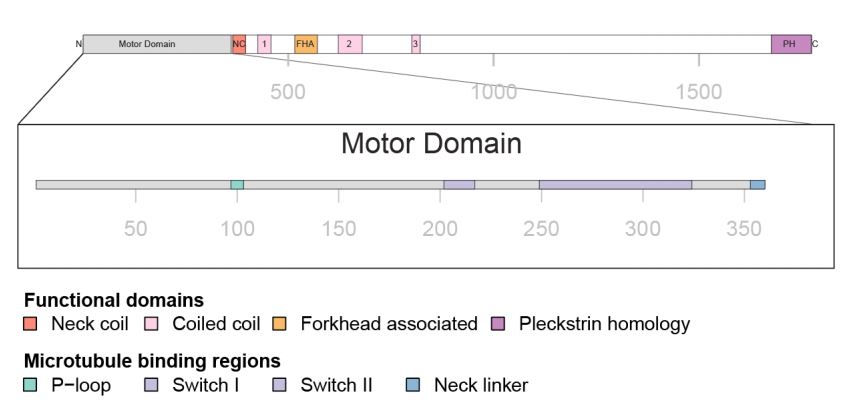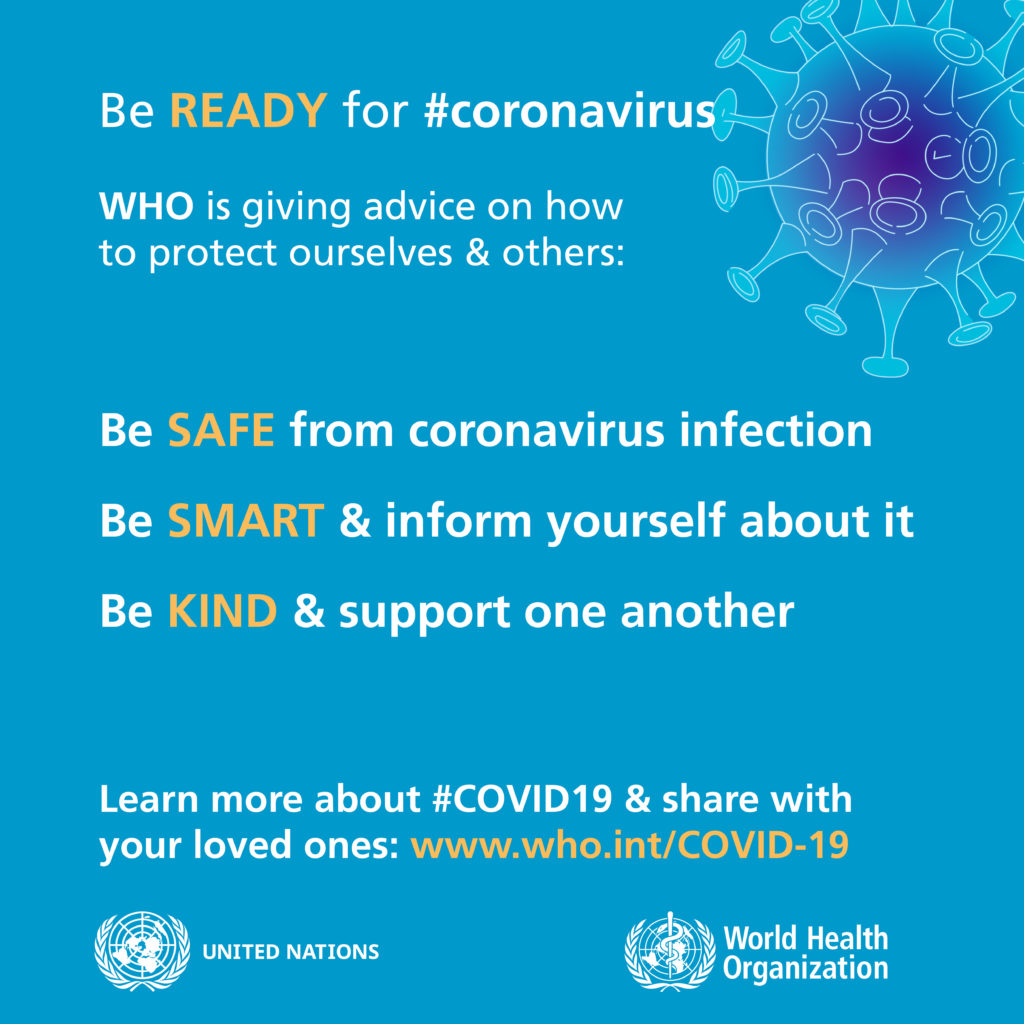#ScienceSaturday posts share relevant and exciting scientific news with the KAND community, and are compiled by Alejandro Doval. Alejandro is from Spain and serves as Team Leader of the KIF1A.ORG parent-led Research Engagement Team. Send news suggestions to our team at impact@kif1a.org.
Recent KIF1A-Related Research
A Rare KIF1A Missense Mutation Enhances Synaptic Function and Increases Seizure Activity
Most KIF1A mutations are located in the gene’s motor domain, and associated with a wide range of symptoms such as spastic paraplegia, seizures, optic nerve atrophy and intellectual disability (check the Signs and Symptoms page for more information). In this paper, researchers examine a rare KIF1A mutation (p. Ala397Asp) located outside of the motor domain. As part of their research, they studied how this KIF1A mutation affected six individuals of the same family across three generations. All of the affected family members experienced seizures without intellectual disability, with the seizures starting between the ages of 12 and 24. While this paper focuses on one particular KIF1A mutation inherited in one family, it does add to the larger KIF1A clinical picture.
KIF1A Gene Layout

Bonus: Alessandro, The Child Who Communicates Without Being Able to Speak
You don’t need to speak Italian to hear a mother’s love and see how KIF1A can affect every aspect of a child’s life. In this interview, see KIF1A warrior Alessandro and his mother as she discusses his speech and occupational therapy efforts, and her connection to the global KIF1A community and KIF1A.ORG’s leading research team at Columbia University in New York City. Read the article here. In the YouTube video, try using the Closed Captioning options to translate the text.
Stay Safe. Stay Relentless.
From the World Health Organization:
“Stay aware of the latest information on the COVID-19 outbreak, available on the WHO website and through your national and local public health authority. Most people who become infected experience mild illness and recover, but it can be more severe for others. Take care of your health and protect others by doing the following …”
Read more on the WHO website.


